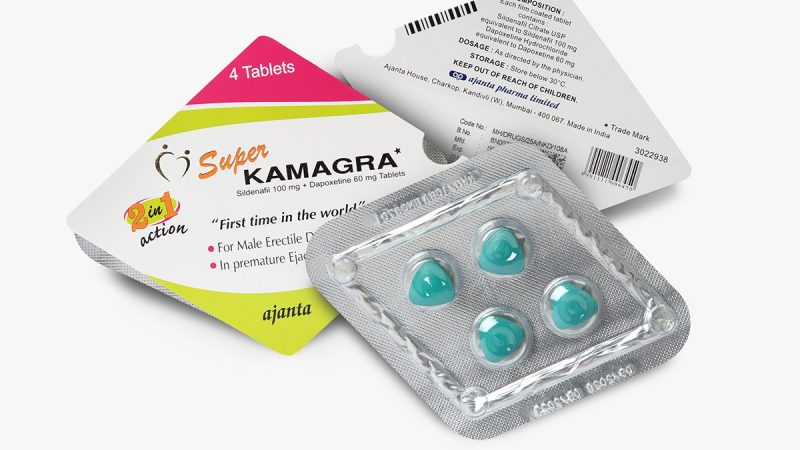Dry Needling: A Deep Dive into a Modern Healing Technique

Dry needling has attracted much attention in the complementary and alternative medicine community because of its ability to reduce pain and improve athletic performance. This unusual procedure, which is frequently mistaken for acupuncture, involves the insertion of tiny needles into specific body trigger points. Learn more at elite chiropractic & wellness. To assist you in deciding whether dry needling is the best option for you, we will discuss its uses, advantages, and safety issues in this blog post.
How does dry needling work?
Physical therapists, chiropractors, and certified acupuncturists use dry needling, also referred to as myofascial trigger point dry needling, as a therapeutic method. Unlike acupuncture, which is rooted in traditional Chinese medicine and focuses on balancing energy flow (qi), dry needling primarily targets muscular pain and dysfunction.
How Does Dry Needle Work?
A skilled professional uses thin, solid needles to target particular areas (trigger points) in the muscles, fascia, or connective tissues during a dry needling session. These trigger points are frequently associated with tension, discomfort, and muscle dysfunction. Needle insertion triggers a healing response by increasing blood flow, loosening tight muscles, and relieving tension.
Gains from Dry Needling
- Pain relief: Various types of pain, including muscle discomfort, tension headaches, and chronic pain syndromes, such as fibromyalgia, can be effectively relieved by dry needling.
- Increased Range of Motion: Dry needling can improve joint flexibility and mobility by resolving muscle limitations and tightness.
- Improved Healing: The needling procedure encourages the body’s own repair processes, assisting tissue recovery and restoration.
Conditions that Dry Needling Treats
- Muscular Pain: Back, neck, shoulder, and other musculoskeletal aches and pain.
- Migraines and headaches: especially those brought on by tight muscles and trigger points.
- Sports Injuries: To assist in the healing and rehabilitation of injuries sustained during sports.
- Chronic Pain: afflictions such as myofascial pain syndrome and fibromyalgia.
- Musculoskeletal Conditions: Arthritis and sciatica are two conditions that affect the musculoskeletal system.
Dry needling is a promising therapeutic approach to treat pain and enhance physical performance. Although there is no one-size-fits-all cure, this approach has helped many people find great relief from various diseases. Consult with a skilled practitioner if you are thinking about dry needling so that they can evaluate your unique needs and advise you on whether this is the best course of action for you. When investigating alternative therapies, such as dry needling, safety and well-informed decision-making are always prioritized.







